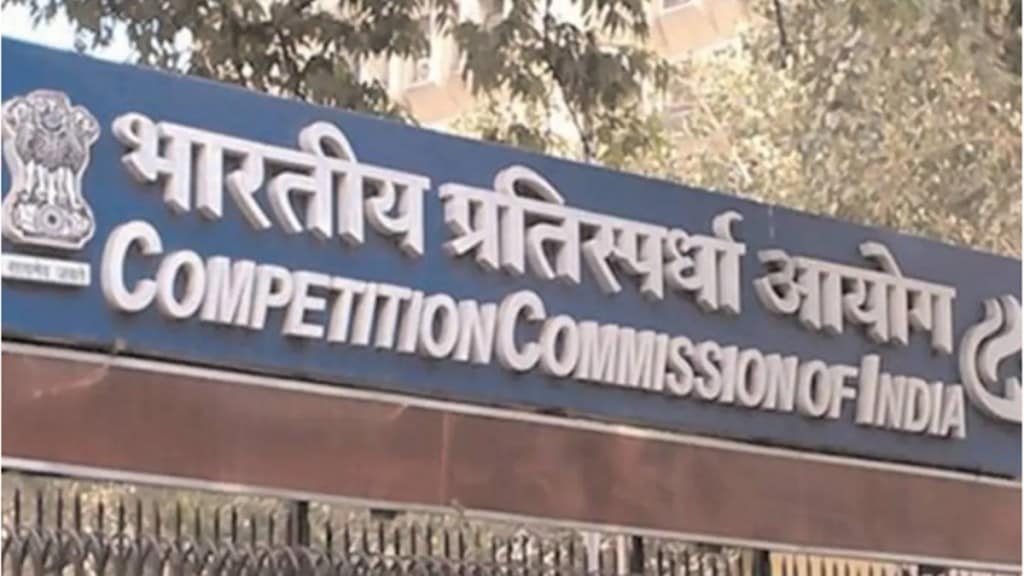How to regulate Big Tech firms has emerged as the new challenge for the regulators as well as the government, especially when smaller digital tech players are getting increasingly vocal about a level playing field. The Competition Commission of India (CCI) got into the act with a set of directions, apart from levying a hefty penalty of `1,338 crore on Google for its anti-competitive practices in the Android licensing and billing policy. The matter was finally decided by the National Company Law Appellate Tribunal, which, while upholding the penalty, watered down the CCI’s directions in a manner that it was 50:50 win for both the sides.
The matter is far from settled, though. Reports suggest that Google is preparing to appeal against the order in the Supreme Court. Naturally, its contention would be that if its offence is not as grave as seen by the CCI, how can the appellate body keep the fine amount intact. It is expected that even CCI will appeal in the apex court because it feels that the main aspect of its ruling has been considerably watered down.
Also read: A green signal for jobs
As the regulatory battle between the CCI and Google rages, the smaller, domestic digital players who were the winners when the CCI order came, remain dissatisfied. Their main demand was that, for in-app purchases on Google Play Store, they should be free to pay through a billing system of their choice and there should be no additional commission charged by Google. While the first part has been addressed by the CCI, the commission part is still a point of contention between the two sides.
Fight between the two is also raging on another aspect—whether there should be a separate competition law for digital firms. The Parliamentary Standing Committee on Finance has recommended one, but industry body Internet and Mobile Association of India (IAMAI) has opposed it. Incensed, smaller digital players have charged it with being dominated by Big Tech players and dancing to their tune.
What is playing out in the digital world today seems to be a replay of the battles fought in the telecom world in the last two decades or so. Private players, who had started operations in 1996-97, alleged that government’s support to its own firms, BSNL and MTNL, in various forms had skewed the playing field. Much later, new licensees blamed early entrants for monopolistic behaviour and putting entry barriers for them. Such fights have somewhat abated in the present times with the number of players having dwindled considerably, but have not totally disappeared. This, despite the sector having a regulator since 1997, which makes rules to see that there is a level playing field for all operators.
The history of telecom battles, despite the sector having a regulator, throws up some important lessons for smaller players who think that regulation would aid their growth, which otherwise is being stifled by Big Tech players that are acting as monopolies.
The first is that technological innovations would always be two steps ahead of any regulation and, by the time the latter catches up with the former, the technological landscape would have changed so much that the entire regulatory framework would require relooking at. Nothing summarises this better than the voices emanating for Qregulation of emerging artificial intelligence (AI) technologies. Second, instances of regulatory capture or gaming the system cannot be ruled out.
While a legion such cases exist, it would suffice to cite just one. In 2016, when Reliance Jio started commercial services, it offered free services for the first three months and then extended it by another three months. Incumbent operators who were not small by any count, cried foul and ran to the regulator alleging foul play. Upon checking the rule book, the regulator found that there was no such rule that laid down whether free services can be provided and for what duration. Such a scenario was never visualised, so specific rules were absent.
Another issue has surfaced recently with regard to offering free services. This relates to JioCinema, a broadcasting app, not charging for telecast of IPL matches, when the same cannot be telecast free on TV channels as they are under tariff regulation. While telecom and broadcasting services are under tariff regulation, OTTs are not. A new demand has surfaced, for regulating OTTs, which once again proves that innovation will always remain ahead of regulation.
The lesson for smaller digital players is clear—no point banking on regulations to act as saviours. It’s innovation and size—one follows the other—that matters. The history of regulation shows that when an operator is small, it alleges bigger rivals are anti-competitive and calls for regulatory protection. The day it becomes big, it adopts practices that it once opposed and starts demanding light-touch regulations.
Also read: The ESGpectations are set
The CCI order on Google and the legal battle that ensued hasn’t helped the smaller digital players. More legal battles are in store. Obviously, the government will step in, make some laws. In the course of time, some of the smaller digital players through their innovative moves would emerge big and break ranks with their earlier fellow travellers.
The nature of fight would keep changing, from big versus small to local versus global. It’s nobody’s case that there should be no regulation, but it alone would not solve the problem as goalposts would keep changing with new issues emerging. The real battle lies in being innovative as it is the consumer who decides who is the winner.
rishi.raj@expressindia.com
